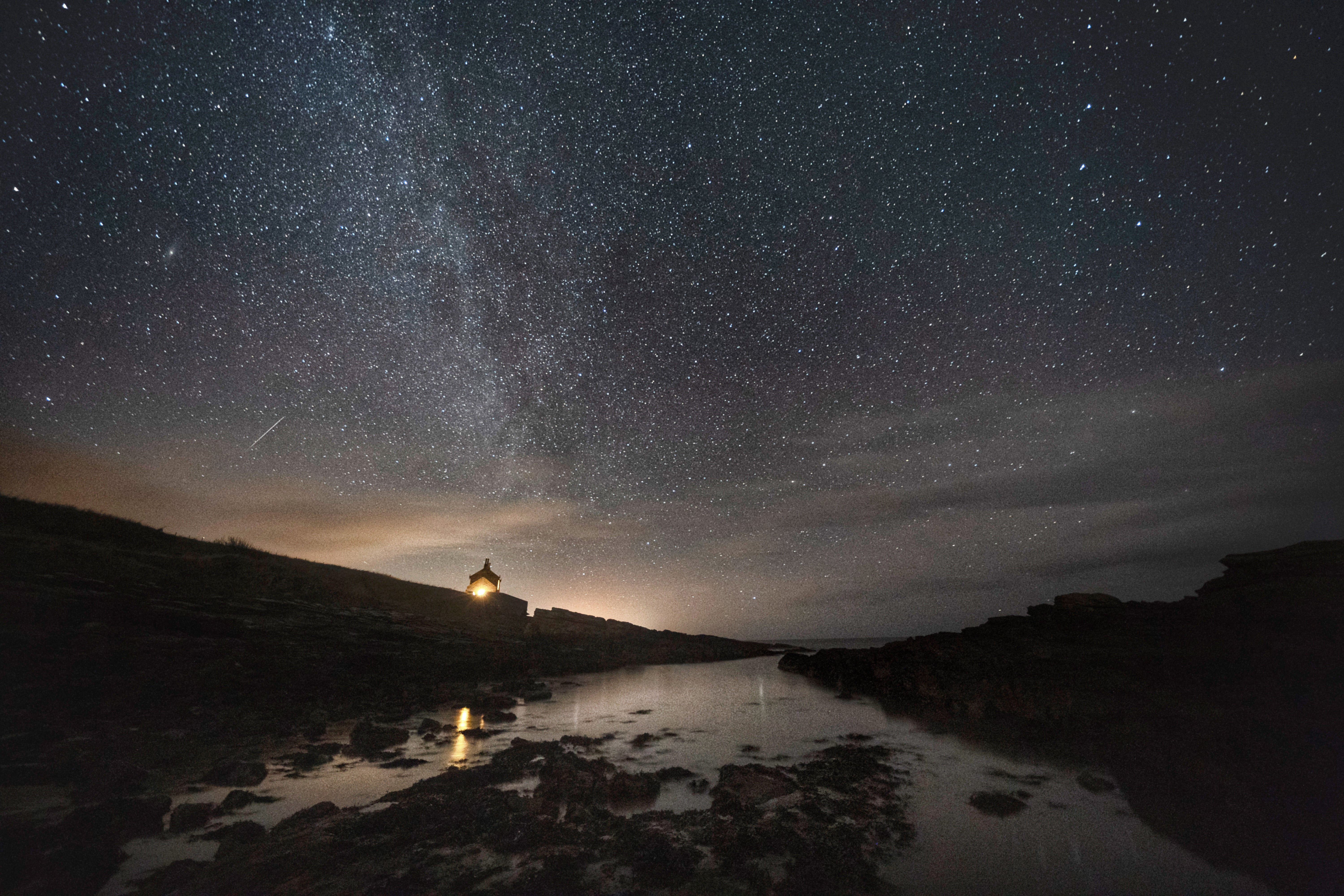A ‘ghostly glow’ is surrounding our solar system, scientists say
Mysterious light could be result of an unknown structure within our cosmic neighbourhood

Your support helps us to tell the story
From reproductive rights to climate change to Big Tech, The Independent is on the ground when the story is developing. Whether it's investigating the financials of Elon Musk's pro-Trump PAC or producing our latest documentary, 'The A Word', which shines a light on the American women fighting for reproductive rights, we know how important it is to parse out the facts from the messaging.
At such a critical moment in US history, we need reporters on the ground. Your donation allows us to keep sending journalists to speak to both sides of the story.
The Independent is trusted by Americans across the entire political spectrum. And unlike many other quality news outlets, we choose not to lock Americans out of our reporting and analysis with paywalls. We believe quality journalism should be available to everyone, paid for by those who can afford it.
Your support makes all the difference.A “ghostly glow” is surrounding our solar system, scientists say – and they are not sure where it is coming from.
The dim glow continues even when the expected sources of light are subtracted, scientists say. In a new study, they subtracted the light that is coming from known sources – such as stars and galaxies – and found that something remained.
The amount of light is tiny: equivalent to ten fireflies spread out across the whole sky. But scientists are nonetheless perplexed by the glow, and are yet to find exactly where it is coming from.
Scientists made the discovery using 200,000 images taken from Nasa’s Hubble Space Telescope. They then looked for any background glow by removing all the expected light.
The glow might be the result of an unknown structure within our solar system, scientists have speculated. It may include a sphere of dust that is made up from comets that are falling into the solar system, and which reflect sunlight.
That dust shell remains hypothetical, however, and if it is real then it would be a change to our understanding of the architecture of the solar system.
In 2021, the New Horizons probe also found that there was a small amount of background light in the solar system. That light also remains unexplained, and possible explanations suggested have included everything from a hidden set of distant galaxies to decaying dark matter.
The light detected by New Horizons was less intense than that found in the Hubble images, however. That might be because New Horizons was further away – some 4 or 5 billion miles from the Sun.
That leads researchers to believe that the light is coming from inside our nearby our solar system. Taken together, the two findings suggest that the solar system might include some element that has not previously been measured.
The findings are reported in new papers published in The Astronomical Journal and The Astrophysical Journal Letters.
Join our commenting forum
Join thought-provoking conversations, follow other Independent readers and see their replies
Comments